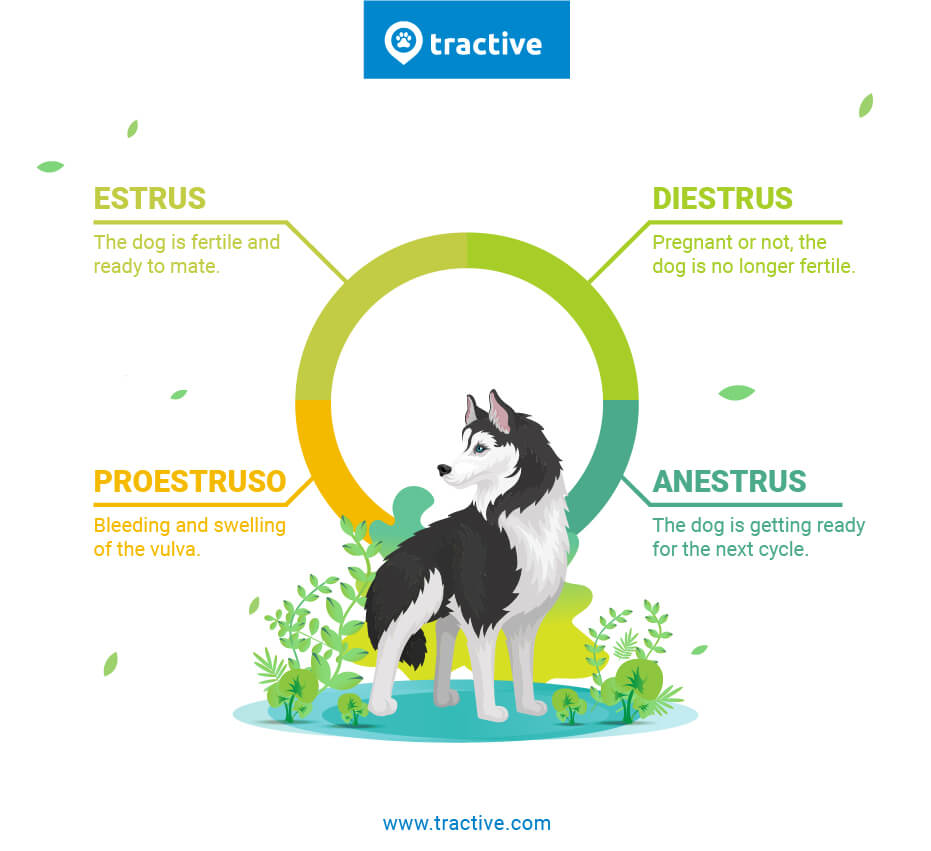How Long Is A Dog In Heat? The Dog Heat Cycle Explained
A dog is in heat anywhere from 3-21 days. Learn all about the stages of the dog heat cycle and what you can expect during each phrase, in this guide.
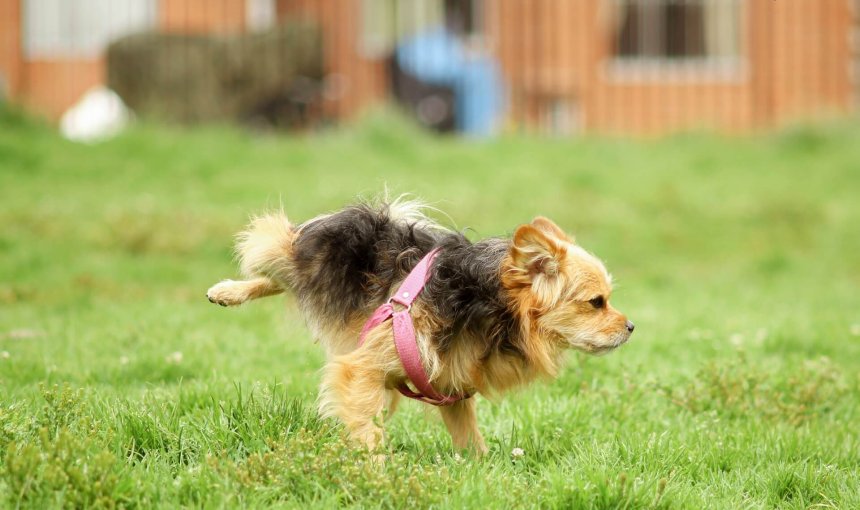
Do you have a dog in heat in your family? Chances are you do, if she’s showing any of these common behaviors of a female dog in heat. So you might be wondering – how long is a dog in heat? We’re here to help demystify the entire dog heat cycle for you. Learn the 4 stages of a dog’s heat, plus how long you can expect your dog to stay in heat, in this guide.
What does it mean when a dog is in heat?
A dog in heat refers to the time in a female dog’s life when she’s fertile and ready to breed. It’s the stage in a dog’s reproductive cycle when she’s ovulating, and therefore open to potential mates.
Watch out – during this time your dog may act funny, showcasing the classic signs of a dog in heat. And since she’s open to mating, there’s a real possibility that your dog could become pregnant during this time. So you may need to take action in order to prevent an unwanted dog pregnancy.
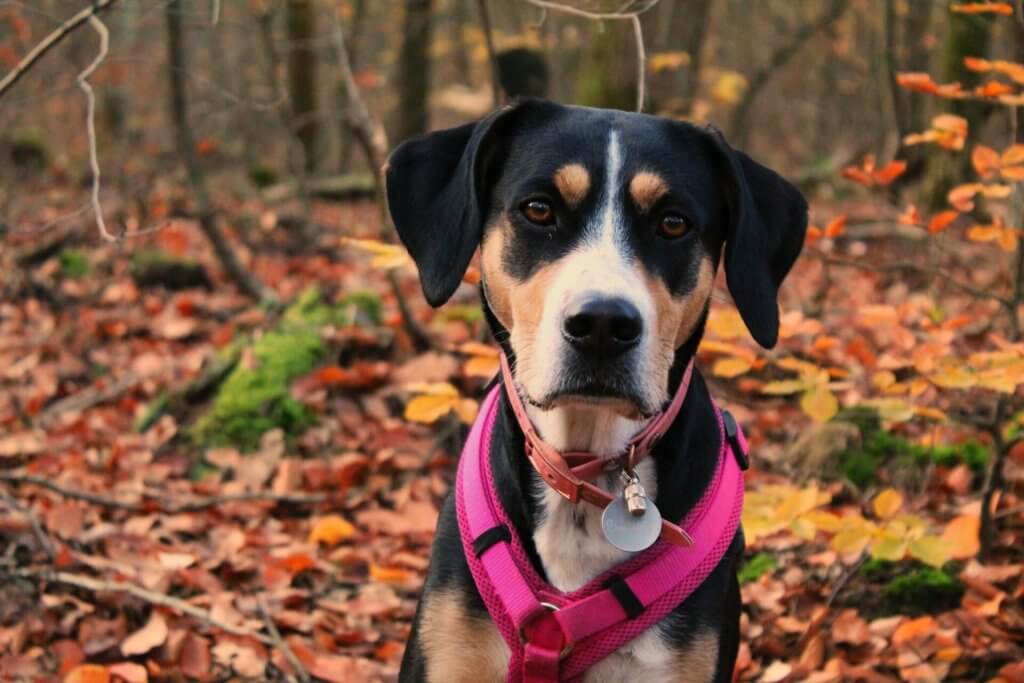
The dog in heat cycle is also known as the 4-stage estrus cycle in dogs.
How long is a dog in heat?
Female dogs in heat in the estrus phase of the heat cycle usually display the signs of heat for 3 – 21 days or 9 days on average. But each dog differs in the exact length of heat, discharge amount and other changes that are associated with this time.
How often do dogs go into heat?
On average female dogs go into heat twice a year, or about every six months. But the frequency and interval can vary between dogs and among different dogs breeds. For example, very large breeds may go into heat only one time a year, while small dog breeds may cycle three times per year.
Dogs typically have two heats per year, but each dog differs in length of heat, discharge amount and hormonal changes.
While a dog is still young, their heat cycle may be irregular. It can take up to two years for a dog’s heat cycle to become regular.
The dog heat cycle explained
To better understand how long a dog is in heat, it’s best to break down the various stages of the dog in heat cycle, also known as the estrus cycle in dogs. Below are the four stages that your unspayed female dog will cycle through:
1) Proestrus
The first stage of the dog heat cycle is called proestrus. This stage can last from 3 to 17 days, but many dogs experience about 9 days in proestrus. The first sign of this stage is the swelling of the vulva. This is one of the best ways to spot the beginning of a dog heat cycle. During the proestrus stage, you may notice the following symptoms:
- A personality change: Changes can range from quite mild to more severe. Sometimes a female dog will become more affectionate and clingy with her owner, other times she may seem a bit grumpy.
- Appetite changes: It’s not unusual for a dog to go off her food a bit during this first week, or she may get hungrier. Whatever the change is, taking note of it can be a significant clue that the heat cycle has begun.
- Swelling of the vulva: The amount of vulva swelling varies from dog to dog. Some dogs swell just a bit, while others swell quite a lot. Bleeding also varies, but typically bleeding is light during the first few days and grows a bit heavier mid-week.
- Tail tucking: This is a reaction to guard the vulva, either by tucking the tail between the leg or sitting down whenever another dog approaches.
2) Estrus
The estrus stage typically last from 3-21 days and lasts 9 days on average. This is the time your dog is fertile (her actual heat) and where the ovaries begin to release eggs for fertilization. During this stage the female dog will be willing to accept male company. She will switch her tail to the side and she might try to be outside more often than normally. She is following her instinct to breed. During this period, symptoms include:
- Lightened discharge: Previously bright red, the discharge now lightens to be somewhat pink.
- Softening of the vulva: Initial swelling subsides just enough to make the vulva soften enough for penetration.
- Flirting: Whereas she previously tucked her tail to push away male company, she now begins to behave flirtatiously. E.g. inviting the male by turning her rear toward him and holding the tail high and out of the way.
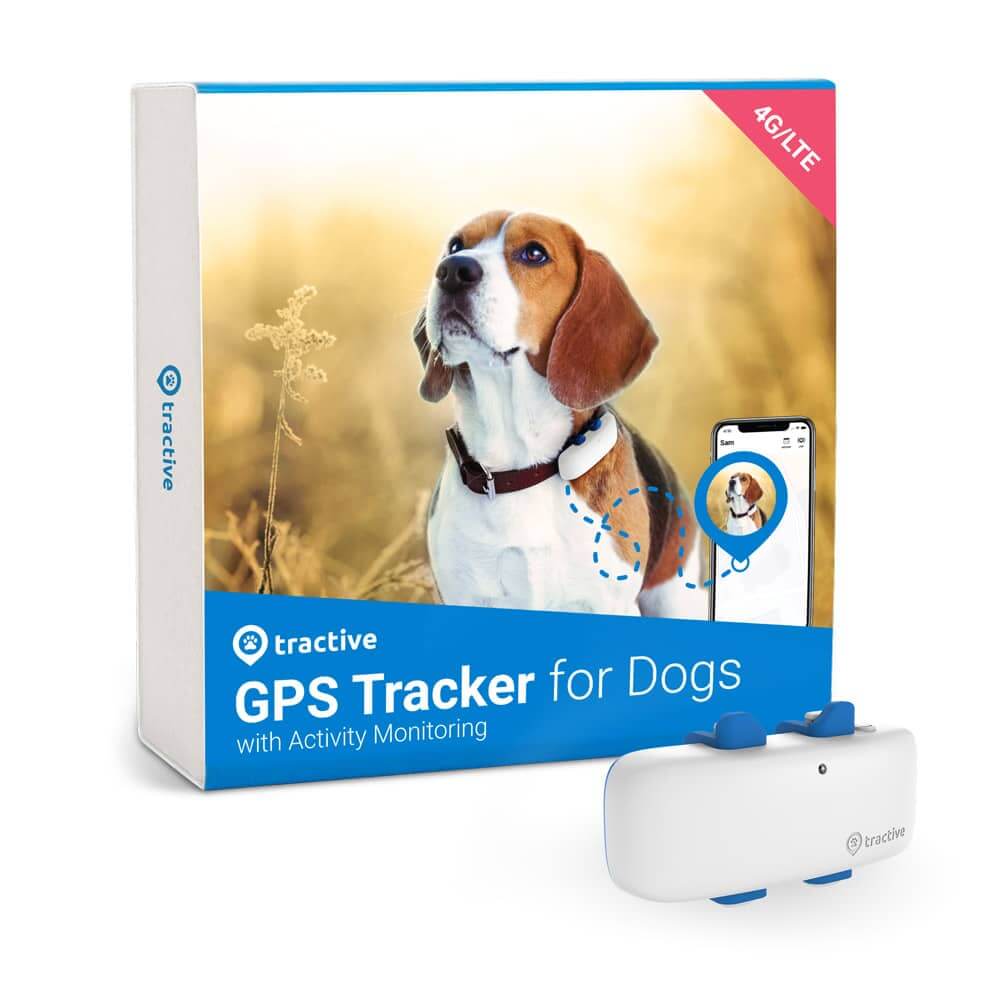
Always know where your dog is
Follow every step in real-time with unlimited range. Get alerts if they wander too far. Keep them happy & healthy with Wellness Monitoring. And let others – like walkers or sitters – keep an eye on your dog too.
3) Diestrus
As diestrus takes over, the fertile part of the heat cycle comes to an end. This stage can last from 60-90 days and, at this point, the dog is no longer fertile. If the dog has been impregnated, the diestrus stage lasts from the end of the estrus until the birth of the puppies (around 60 days). Signs of the diestrus stage include:
- Gradual disappearance of vulva swelling: Most of the swelling is gone within one week’s time, but the vulva may remain slightly enlarged.
- Less flirting: Whether pregnant or not, the dog now lacks the conditions to mate and is no longer interested in flirting.
4) Anestrus
Anestrus is the final stage of the dog heat cycle, also known as the resting stage. This is the longest phase of a dog’s heat cycle, from 100-150 days, at the end of which the entire heat cycle starts again.
How to handle a female dog in heat
Now that you know approximately how long you can expect your dog to be in heat for, here are some tips for caring for a dog in heat.
- Keep your dog on a leash during walks
- Never leave your dog unattended
- Try using a scent-masking substance on the tip of her tail
- Help your dog get a good mix of exercise and rest
- Make sure your dog is microchipped
- Track them with a GPS dog tracker (so you don’t have to worry about losing your dog during this time)
- Try using dog heat diapers if your dog’s discharge is getting messy
- Consider spaying your dog to prevent future heat cycles
For more information, check out our guide to caring for a dog in heat.
Your furry friend’s health and wellbeing means as much as to us as it does to you. So we’ve made it a priority to only share medically-relevant content on our blog.
This post was checked, double-checked, and medically verified by Georgia-based vet, Dr. Dwight Alleyne.
Dr. Dwight Alleyne, DVM
Dwight Alleyne was born and raised in Long Island, New York where his love of animals began. His career for animals began working for a well-known no-kill animal shelter on Long Island.
He worked his way up the career ladder working as a kennel technician, veterinary assistant, and then becoming a licensed veterinary technician at the shelter.
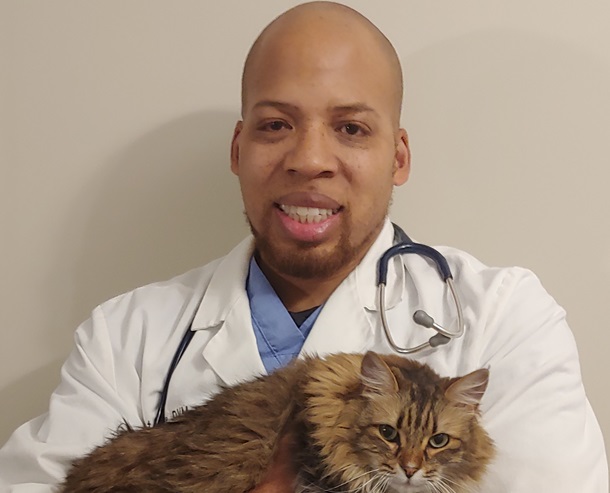
His passion for veterinary medicine led to him applying to and being accepted at Cornell University Veterinary where he graduated from in 2006. After completing a small animal rotating internship at Purdue University, he eventually made his way to Georgia where he has been practicing ever since.
Dr. Alleyne has practiced at several small animal clinics throughout Georgia. He has a keen interest in soft tissue surgery and has extensive experience in performing ultrasounds including echocardiograms.
When he is not practicing medicine, Dr. Alleyne enjoys writing and editing pet health articles and providing pet advice through telehealth.
Dr. Alleyne also has his own blog called “The Animal Doctor Blog.” Check it out on: www.anmldrblog.com.
